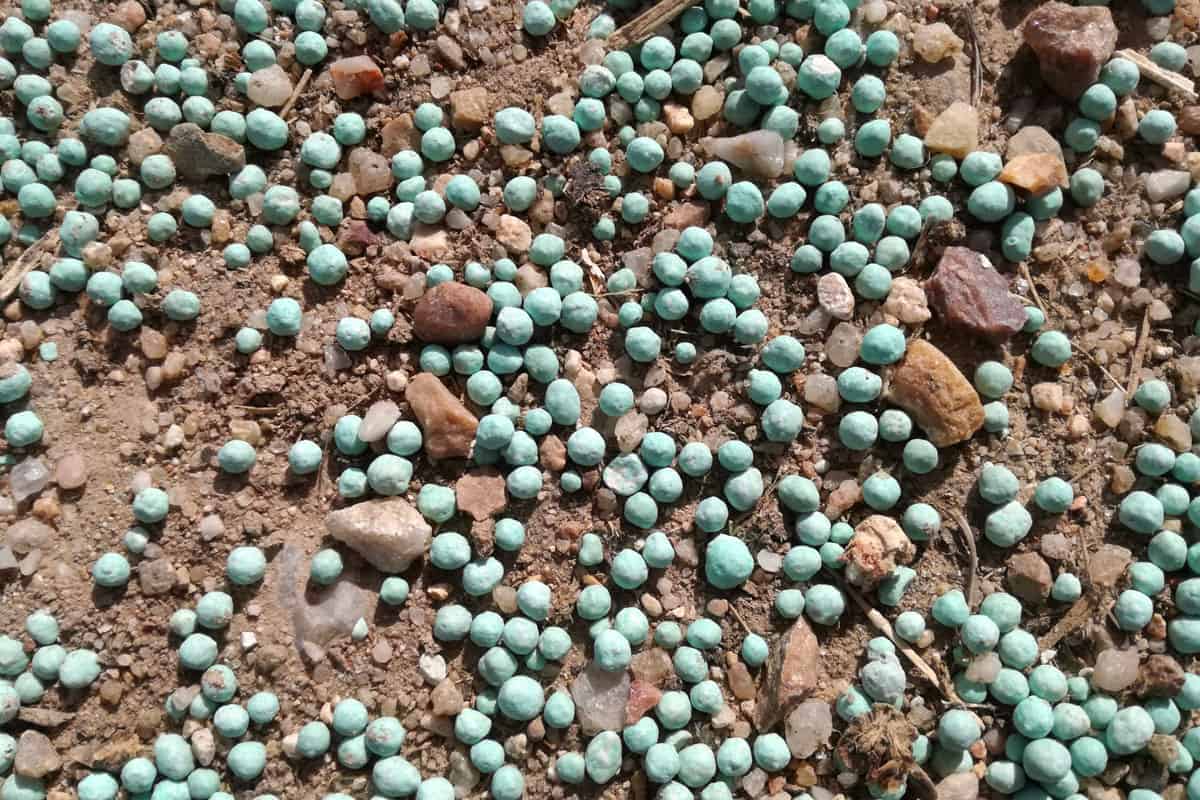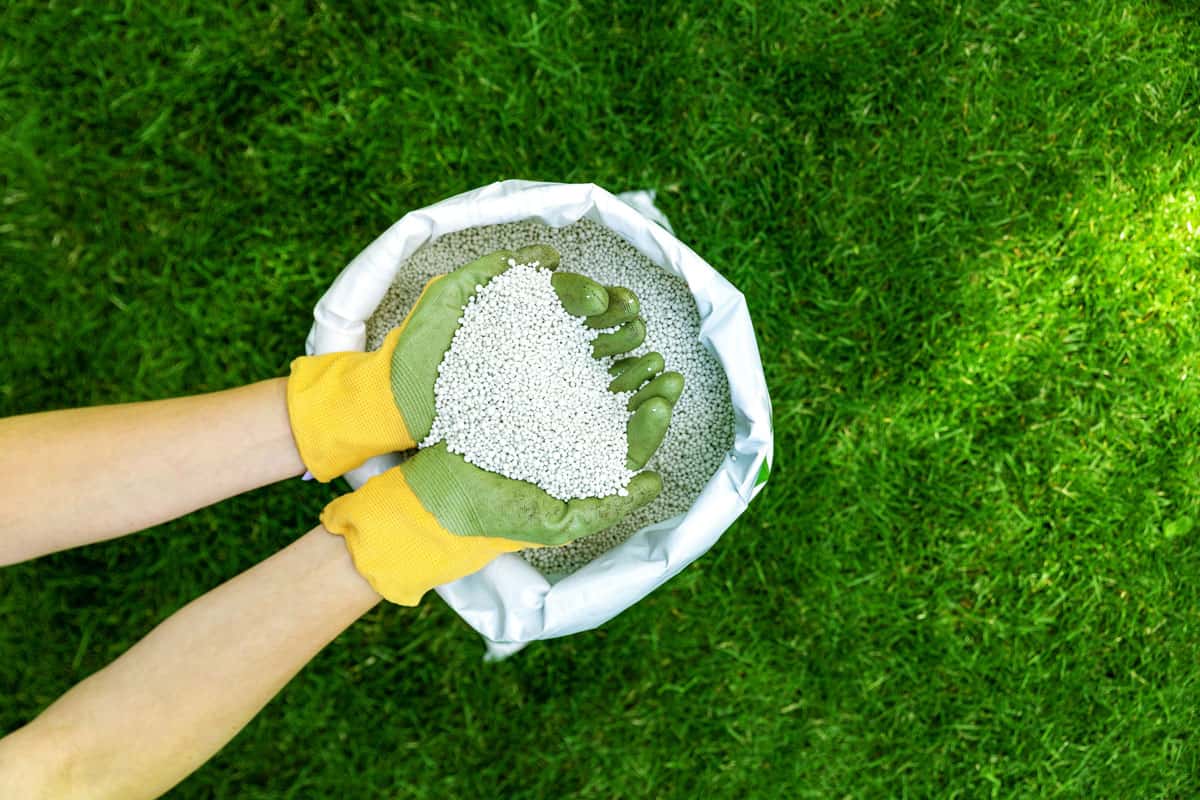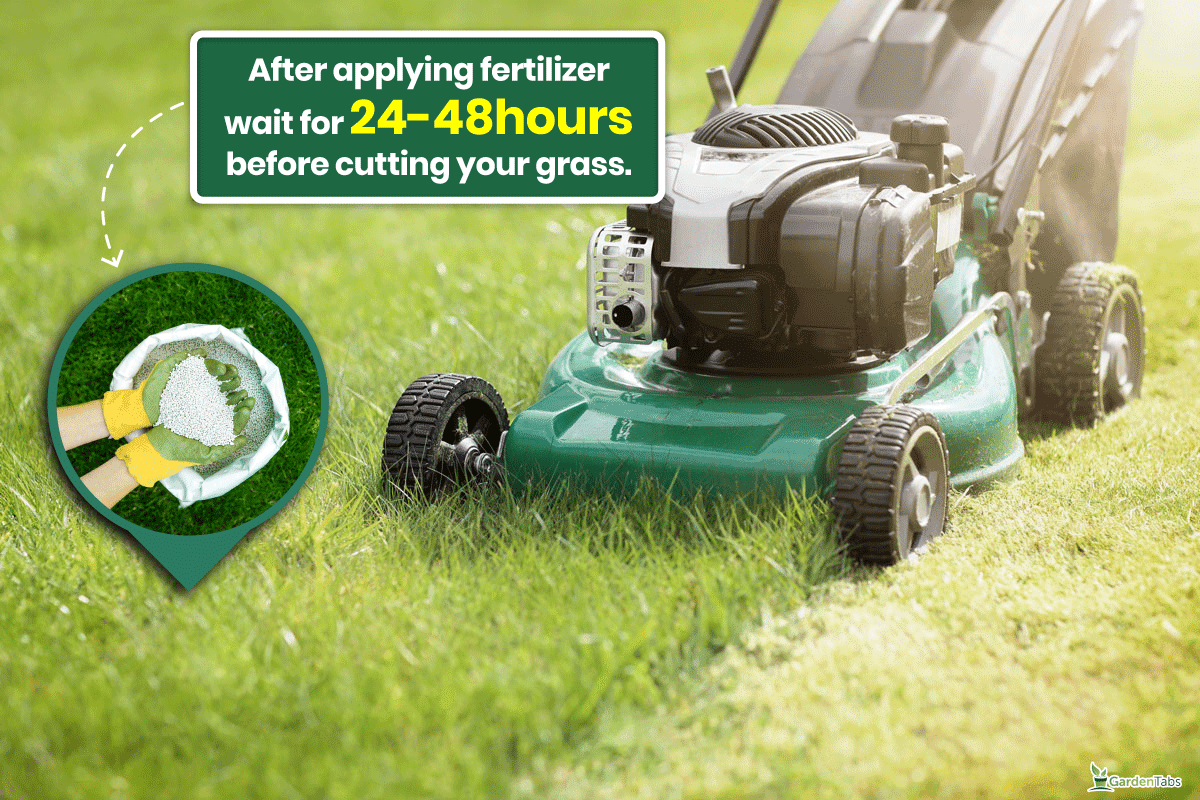During the fall, you need to prepare your lawn for the winter, so you arm yourself with a bag of winter fertilizer and apply it to the soil. Now, should you water after winterizing? We've researched this topic, and here is the answer.
Winter fertilizer needs to be watered after application because it lets the soil absorb the fertilizer to get to the roots of plants. Granular fertilizer must be watered immediately after application. However, liquid fertilizer should stand for two to four hours before watering.
Read on to learn more about why winter fertilizer must be watered, how to pick the right fertilizer, and much more!
Does Winter Fertilizer Need To Be Watered?

After applying a layer of winter fertilizer, you'll need to water your lawn. You can spread the fertilizer twice, but you'll need to water it after every application.
Water the ground after fertilizing so the fertilizer gets into the soil where plant roots can access the nutrients. Winter fertilizer is only beneficial to plants after being absorbed by the soil. Leaving the fertilizer on the soil surface unwatered might burn your grass.
Another reason to water after fertilizing is to prevent excess fertilizer from contaminating your water supply and nearby watersheds. Phosphorous and nitrogen from the fertilizer can cause algae to grow faster than usual. In the long run, it can cause environmental problems.
The best time of day to water your fertilizer is in the morning when it isn't too hot. High temperatures cause the water to evaporate faster, decreasing the amount absorbed by the soil.
Winter fertilizer is available in two forms: granular and liquid. Both require watering after application.
Granular Winter Fertilizer
It is best to water the ground immediately after spreading granular fertilizer. However, if you also use a weed killer with your fertilizer, wait until the weed treatment dries before watering.
Water saturation of a quarter to half an inch over the fertilized area is enough to dissolve the winter fertilizer and push it into the soil. If you're using quick-release fertilizers, it will then dissolve in 24 hours. Slow-release fertilizers can take up to three weeks to dissolve.
Click here to see this product on Amazon.
Liquid Winter Fertilizer
For liquid fertilizer, wait two to four hours after application before you water it. Leaving it for a few hours gives it time to be absorbed by the plants.
Since you need to leave your fertilizer before watering, you should apply your fertilizer in the morning when temperatures are low. It lessens the probability of grass burning while the fertilizer sits on the soil.
How Long Should You Water After Fertilizing?
Your goal is to let the soil absorb the winter fertilizer to disperse the nutrients to the soil and plant roots. Water dissolves the fertilizer, so it becomes easily absorbable. Water your lawn for 15 to 30 minutes using a sprinkler system.
Do not overwater, as this may wash out the nutrients from your fertilizer. Wait for a day or two before you water your lawn again.

What Is Winter Fertilizer?
Winter fertilizer, also called winterizer, is applied on lawns before winter. Winterizer is used after you have mowed your lawn for the last time before winter. The fertilizer ensures that your yard gets enough nutrients as it goes into a dormant phase.
Winter fertilizer is specially prepared to provide nutrition to the soil for plants in the winter. This fertilizer has more nitrogen and potassium than other fertilizers.
The numbers printed on the front of your fertilizer bag indicate what's in the winter fertilizer. They are nitrogen-phosphorous-potassium (N-P-K), accordingly. It's called the NPK ratio.
Your fertilizer should be high in nitrogen and potassium, with the ratio being 2:1. At the start of winter, phosphorous is abundant in your soil, so you don't need much of it in your winterizer. For example, your winter fertilizer may have an NPK ratio of 24:2:12.
Nitrogen is essential for plants to enable food storage for the months they go dormant. Potassium helps with root growth and helps plants fight against diseases.
Choosing The Right Kind Of Winter Fertilizer

Identifying what macronutrients your plants need for the winter can help you pick the right winter fertilizer. There are two kinds of lawns: cool-season and warm-season, and you need to use specific winter fertilizers for each.
Cool-Season Lawns
Regions in the upper United States have cool-season lawns. These lawns need plenty of macronutrient nitrogen, so pick a fertilizer high in nitrogen if you have a cool-season lawn. Your plants will take up the nitrogen and store it through the winter. It will keep the roots healthy during the dormant stage.
Since the weather can get cold fast in the north, a quick-release winter fertilizer is recommended. You can use a slow-release fertilizer but apply it a little earlier than a quick-release fertilizer to give your lawn more time to absorb the nitrogen.
Warm-Season Lawns
Areas in the south, southwest, and southeast have warm-season lawns. These lawns get the most stress at the onset of cold weather as they are used to high temperatures during the summer. Fertilizer treatment is different for cold-season lawns.
The macronutrient essential for warm-season lawns is potassium. Potassium helps plants by increasing their tolerance for drought, cold, and diseases.
Nitrogen isn't needed as much because it promotes blade growth and the winter conditions aren't proper for growing. Choose a fertilizer with a high potassium content.
Applying Winter Fertilizer
Before you use your winter fertilizer:
- Make sure you mow your lawn and clear it of debris and dead foliage.
- Check that your ground is wet or at least moist.
- You should not fertilize a dry lawn.
Apply a layer of winter fertilizer evenly on your lawn. A second application may be necessary to ensure the entire surface is covered. To scatter granular fertilizer evenly, use a spreader and walk in a regular pattern on your lawn. Then you can water your fertilizer.
Click here to see this spreader on Amazon.
How Much Should I Apply?
The recommendation is to use a pound of nitrogen-rich fertilizer for every square foot of lawn. With synthetic fertilizers, you may use less. Never exceed the recommended amount because it might cause leaf burn in plants.
When Should I Apply Winter Fertilizer?
The best time to apply winter fertilizer is in the fall when your grass is still growing. Anytime between the beginning of September and mid-October is good. If you live in an area with early winters, you can apply it sooner.
The key here is to apply winter fertilizer when your grass is still green but has stopped growing in preparation for dormancy. A winter fertilizer won't do much for your lawn if the ground is frozen or your grass is already brown.
What Is The Difference Between Winter And Summer Fertilizer?

We discussed earlier that winter fertilizers have high amounts of nitrogen and potassium. These two components help your plants survive harsh winter conditions. They also have very little or no phosphorous.
On the other hand, summer fertilizers are low in nitrogen. They reintroduce nutrients to the soil to supply plant needs throughout the summer.
Winter fertilizers are often in a quick-release formula to ensure the soil absorbs the nutrients before plants go dormant. Summer fertilizers are usually in a slow-release preparation so that the lawn can absorb the nutrients throughout the summer.
How Many Times A Year Should You Fertilize Grass?
You should use fertilizer on your lawn at least twice a year. Depending on the health and state of your lawn, you can increase the frequency. You should use fertilizer only when your grass is growing.
How Long Should I Wait To Cut Grass After Fertilizing?

After applying fertilizer, you should wait 24-48 hours to cut your grass. Mowing your lawn immediately after a fertilizer treatment can disrupt the absorption process. It is best to mow your lawn before applying any fertilizer treatment.
To Sum It Up
Applying a winterizer to your lawn before winter helps keep it nourished even after it goes into dormancy. After spreading a winter fertilizer, you should water your lawn so the soil can absorb the nutrients.
You may not see the effects during winter, but come spring, you'll have a healthy, lush lawn!
Before you go, check out these related articles:
Should I Cover My Garden Or Garden Soil In The Winter? Do I Have To?


